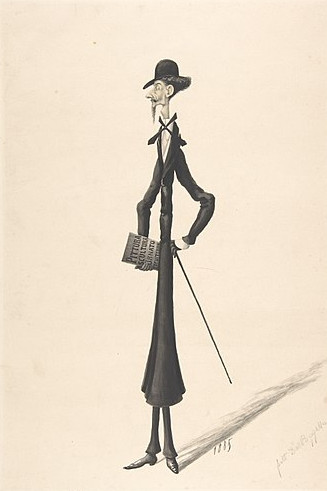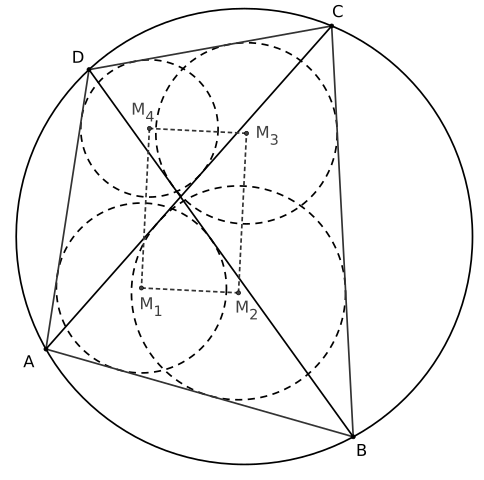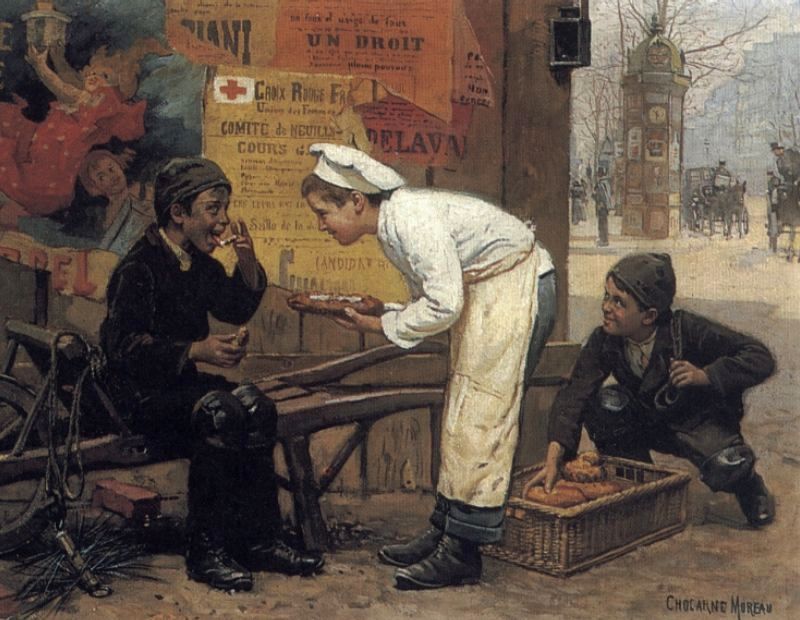It had so happened for several days that Major Eckert had been out whenever the President came into the office. Coming in one day and finding the Major counting money at his desk, Mr. Lincoln remarked that he believed the Major never came to the office any more except when he had money to count. The Major declared that his being out when the President happened to come in was simply a coincidence, and this reminded him, the Major, of a story: ‘A certain tailor in Mansfield, Ohio, was very stylish in dress and airy in manner. Passing a shopkeeper’s door one day the shopkeeper puffed himself up, and gave a long blow expressive of the inflation of the conceited tailor, who indignantly turned and said: “I’ll learn you not to blow when I’m passing,” to which the shopkeeper instantly replied: “And I’ll teach you not to pass while I’m blowing.”‘ The President said that was very good — very like a story which he had heard of a man who was driving through the country in an open buggy, and was caught at night in a pouring shower of rain. He was hurrying forward toward shelter as fast as possible; passing a farmhouse, a man, apparently struggling with the effects of bad whisky, thrust his head out of the window and shouted loudly, ‘Hullo! hullo!’ The traveller stopped and asked what was wanted. ‘Nothing of you,’ was the reply. ‘Well, what in the d—- do you shout hullo for when people are passing?’ angrily asked the traveller. ‘Well, what in the d—- are you passing for when people are shouting hullo?’ replied the inebriate.
— T.Y. Crowell, Abraham Lincoln, 1895








